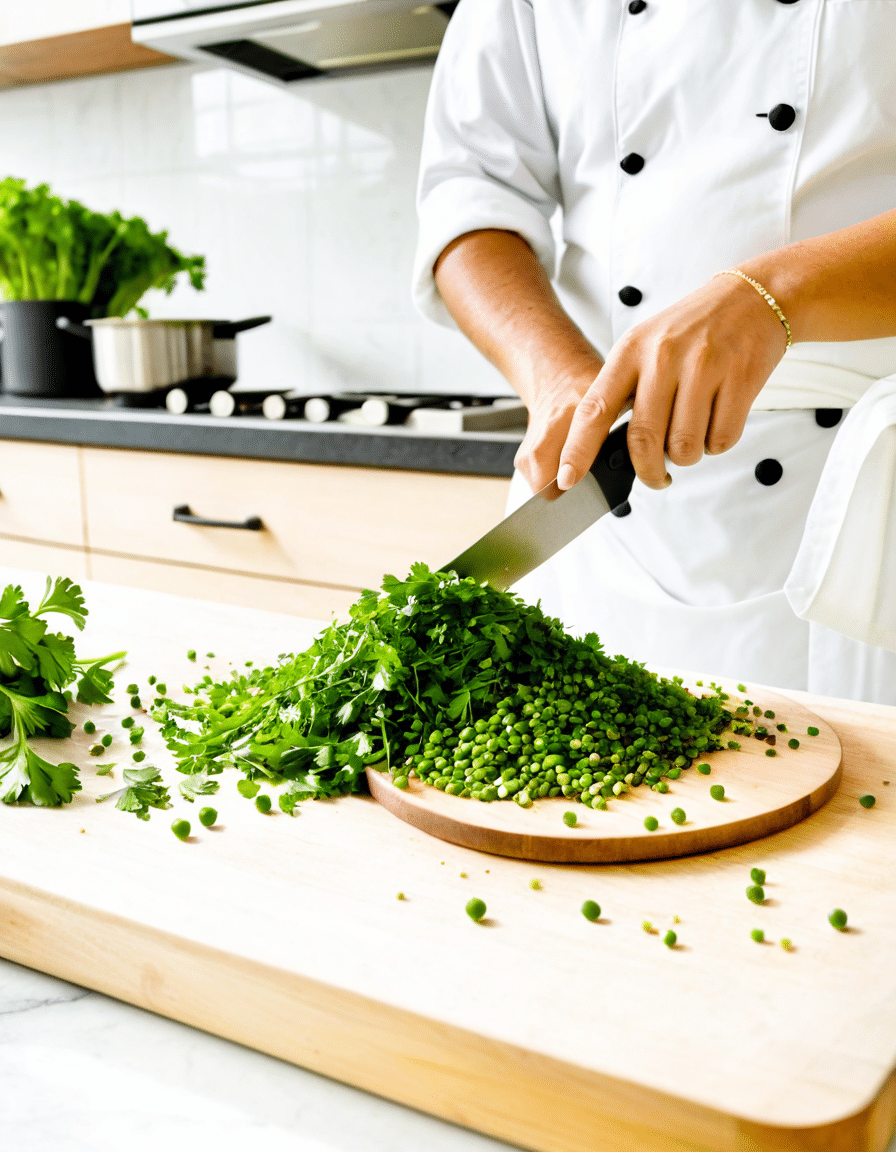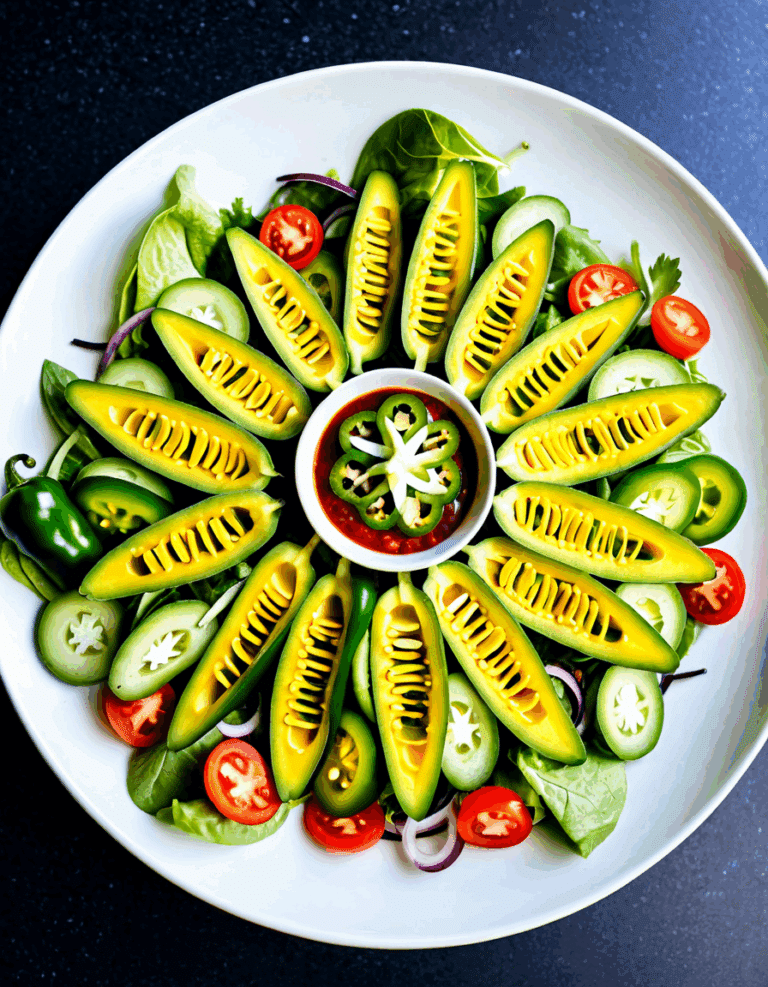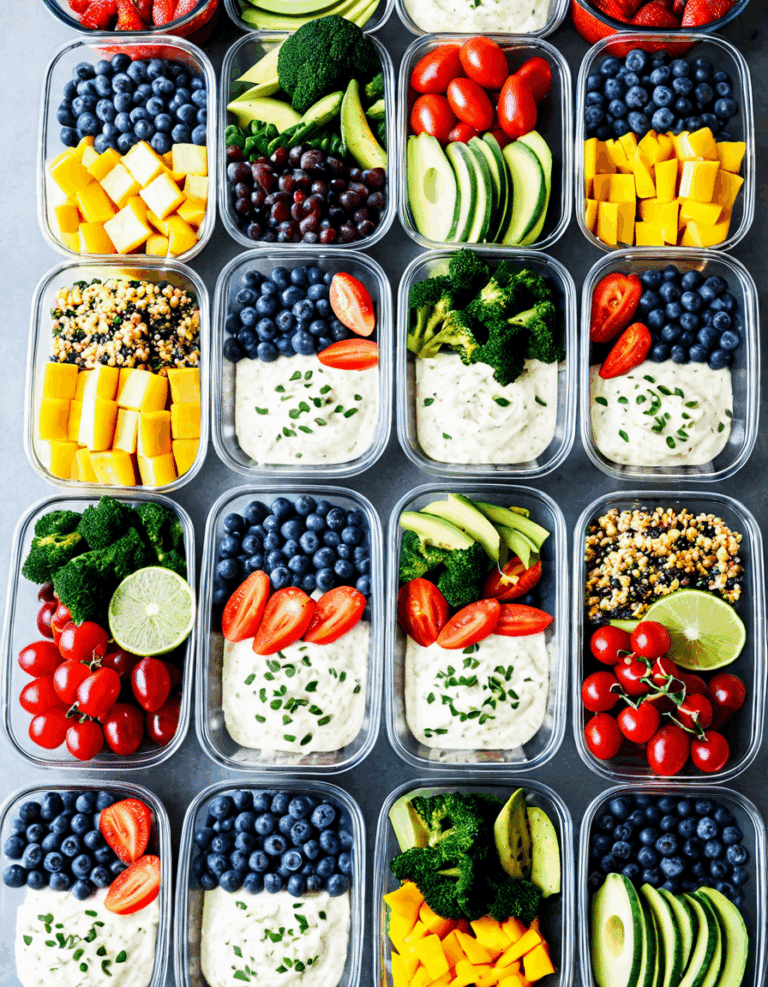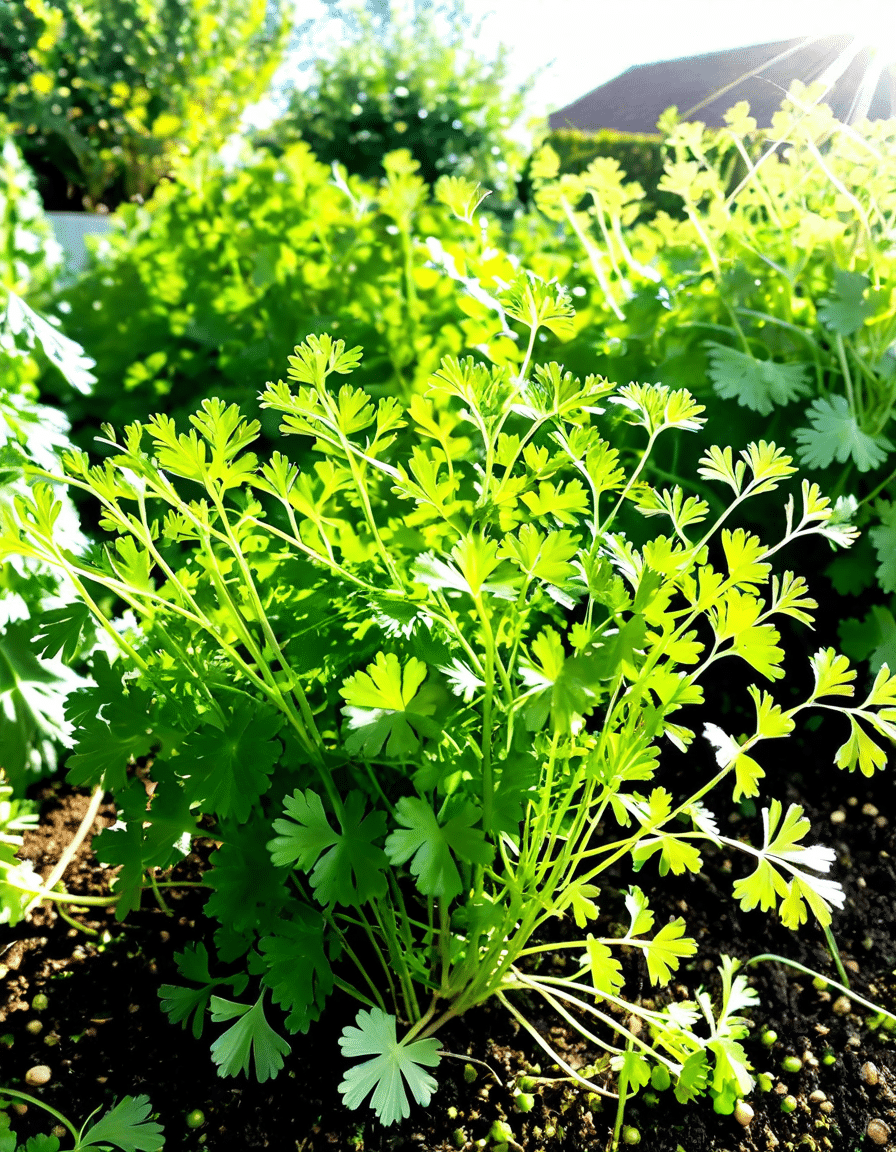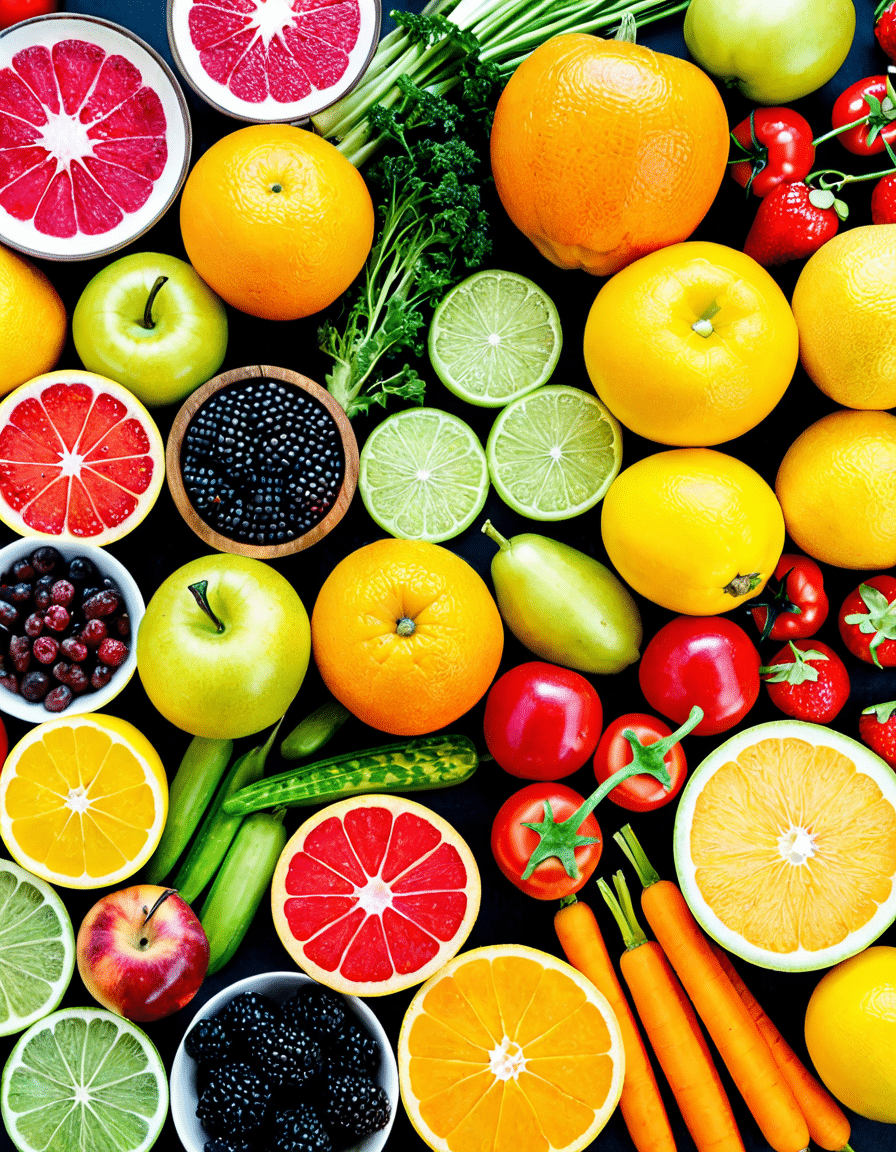Coriander is a herb that’s often on the tip of every chef’s tongue, and if you’re wondering what is coriander, you’re diving into a culinary marvel that’s packed with flavor and versatility. Known as cilantro in its leafy form in the United States, this herb can add a punch to your meals and offers a world of nutritional benefits. Botanically termed Coriandrum sativum, coriander is a part of the Apiaceae family, which also includes parsley and dill.
Coriander isn’t just another herb you throw on top of your tacos. It’s celebrated in culinary traditions from Mexican guacamole to Indian curry. Its unique profile makes it indispensable in kitchens worldwide. Imagine crushing coriander seeds to unlock an earthy, sweet, and slightly floral aroma. That’s the magic of coriander. And trust me, you’ll want to get cozy with this ingredient if you’re serious about whipping up dishes that’ll impress your family, your personal trainer, and even your Instagram followers.
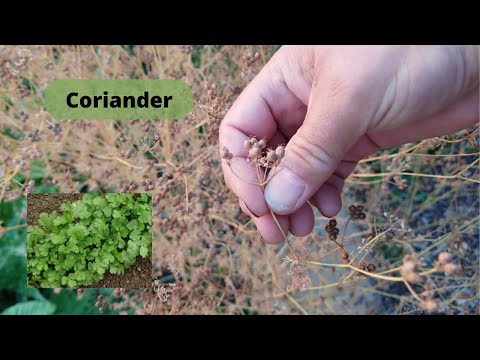
Top 7 Reasons Why Coriander Is a Flavor Powerhouse
1. Versatility Across Cuisines
Coriander truly shines when embraced by diverse cuisines. Whether you toss fresh leaves onto a Thai salad or use ground seeds in a smoky barbecue rub, this herb flexes its culinary muscles everywhere. In Middle Eastern cooking, you’ll find it toasted and ground in spice blends like za’atar. This versatility can spice up your meal prep, helping you stick to your fitness goals while still indulging your taste buds.
2. Nutritional Benefits
Coriander isn’t just tasty; it’s a nutrient boost. It’s rich in vitamins A, C, and K—essential for your immune system and overall health. With minerals like potassium and magnesium in its arsenal, this herb packs a punch against inflammation. If you struggle with that post-workout soreness, adding coriander to your diet might just give you an extra edge in recovery.
3. Unique Flavor Profile
Let’s be real. Coriander is a love-it-or-hate-it ingredient. Some people rave about its fresh and citrusy flavor, while others claim it tastes like soap. This duality creates unique flavor pairings that breathe life into dishes. It’s that intriguing complexity that keeps chefs and home cooks creatively experimenting in the kitchen.
4. Adaptability in Presentation
You can rock coriander in various forms: fresh, dried, crushed, or even as oil. Recently, brands like FreshDirect have rolled out exciting products featuring coriander, allowing you to bring its essence to your everyday cooking. Just think about tossing fresh cilantro in a smoothie or drizzling some coriander oil over grilled veggies. You’ll be surprised at how versatile this herb can be!
5. Sustainability and Growing Conditions
If you’re a home gardener, you’re in luck. Coriander is easy to grow and offers multiple harvests a year. This quick growth cycle means you can have fresh coriander at your fingertips, making it a sustainable choice for responsible eating. Plus, there’s nothing quite like snipping herbs right from your garden, enhancing not only the flavor of your dishes but also your workout motivation!
6. The Science Behind Its Aroma
What is it about coriander that makes it stick in our minds? The secret lies in compounds like linalool. These aromatic compounds influence taste perception, adding depth to your culinary creations. Food scientists are examining how to amplify these effects, making coriander not just a flavor but also an experience that tantalizes the senses.
7. Global Agronomic Importance
Coriander isn’t just a kitchen staple; it’s an economic heavyweight. Major producers, such as India, Morocco, and China, have helped elevate this herb to a cash crop status. The economic impact on local farming communities is vital, with coriander providing livelihoods for many who cultivate it. Purchasing coriander—you’re quite literally contributing to these global communities.
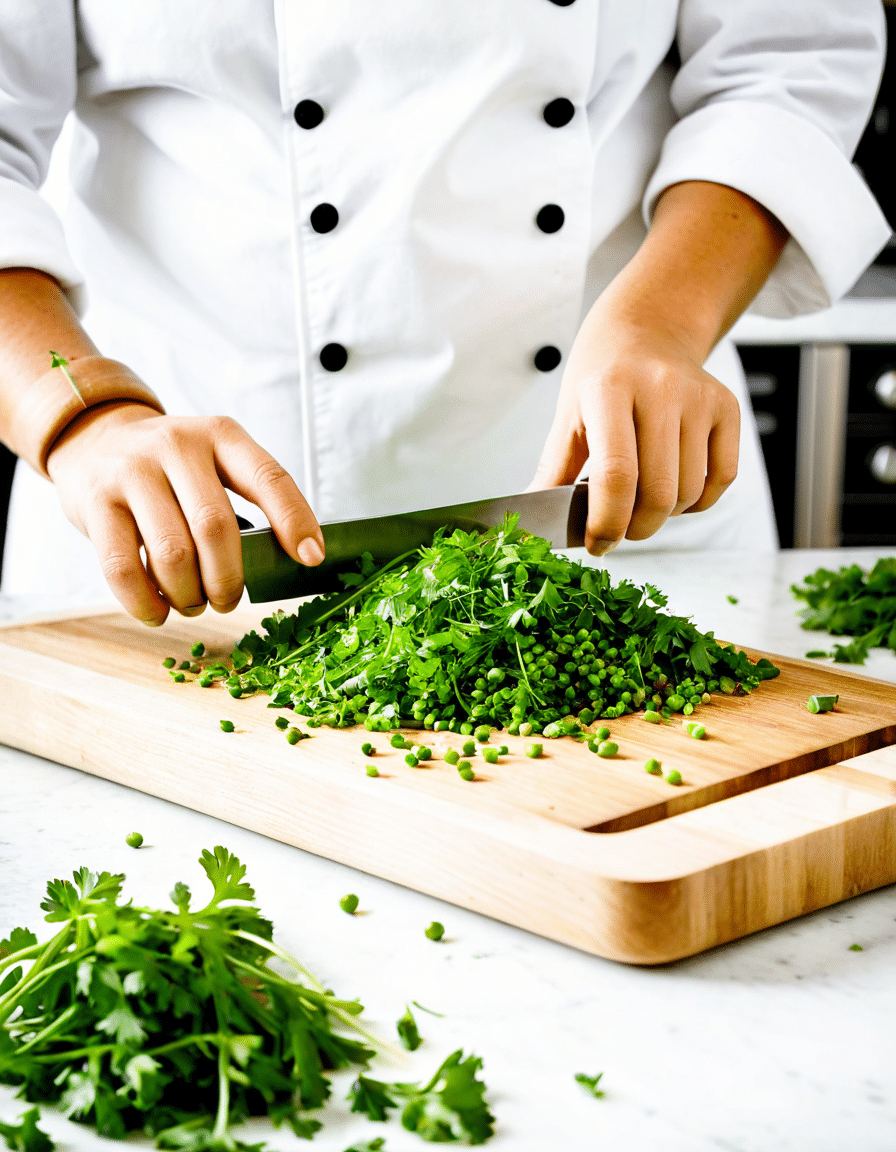
What Is in Half and Half Cream? Pairing Coriander with Dairy
Ever wondered what is in half and half cream? This creamy concoction, made from equal parts whole milk and heavy cream, can create a luscious balance when paired with coriander. Imagine transforming your ordinary sauces and soups into something truly spectacular.
Take a creamy sauce with a burst of coriander—now that’s magic! Picture grilled fish, draped in a coriander-infused cream sauce. It’s the kind of indulgence you can treat yourself to while on the path to those six-pack abs. You might also whip up a fresh dressing by stirring half and half with fresh coriander for your favorite tabbouleh salad.
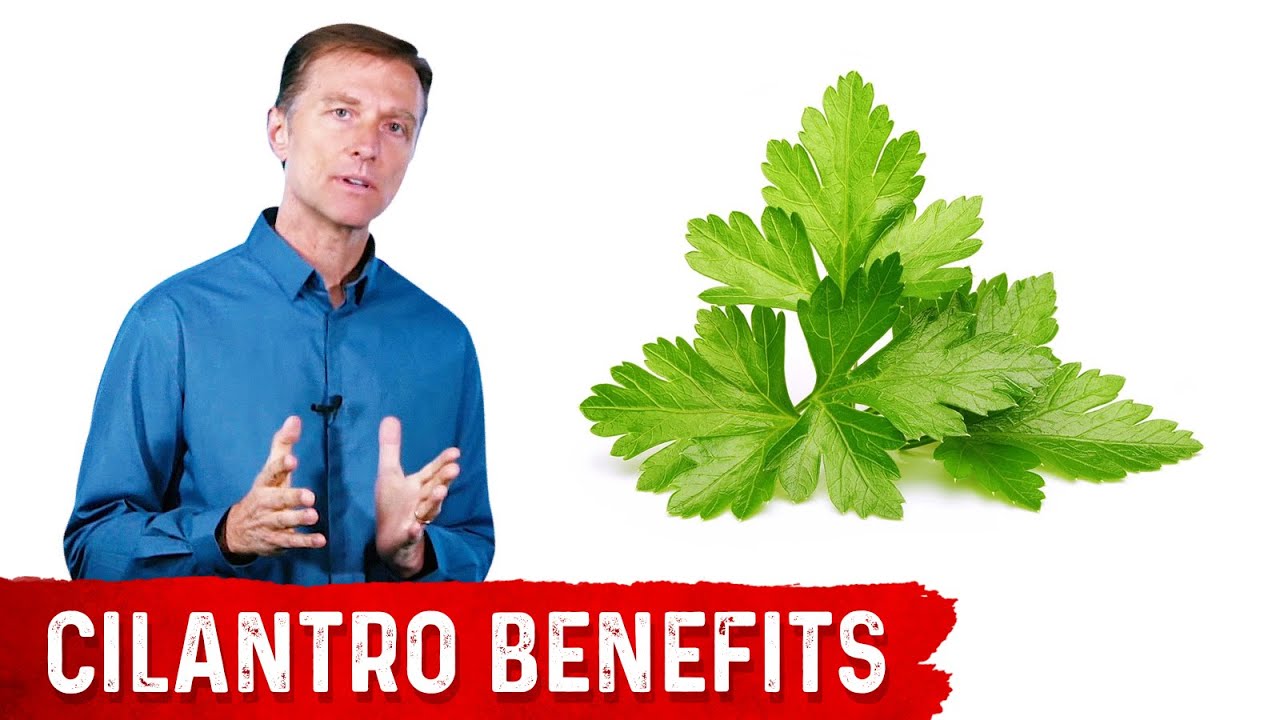
The Synergy of Flavors: What Is Squirt and Its Unique Combinations
Now, let’s shake things up. Have you heard of what is Squirt? This fizzy drink packs zing with its citrus flavor, complementing coriander in unexpected ways. It can transform your regular shrimp tacos or ceviche into a flavor explosion.
Imagine marinating shrimp with the tangy zest of Squirt and a handful of fresh cilantro. The juicy sweetness from the soda pairs perfectly with the earthiness of coriander. You’ll make them twice as delicious, and make your meal prep all the easier.
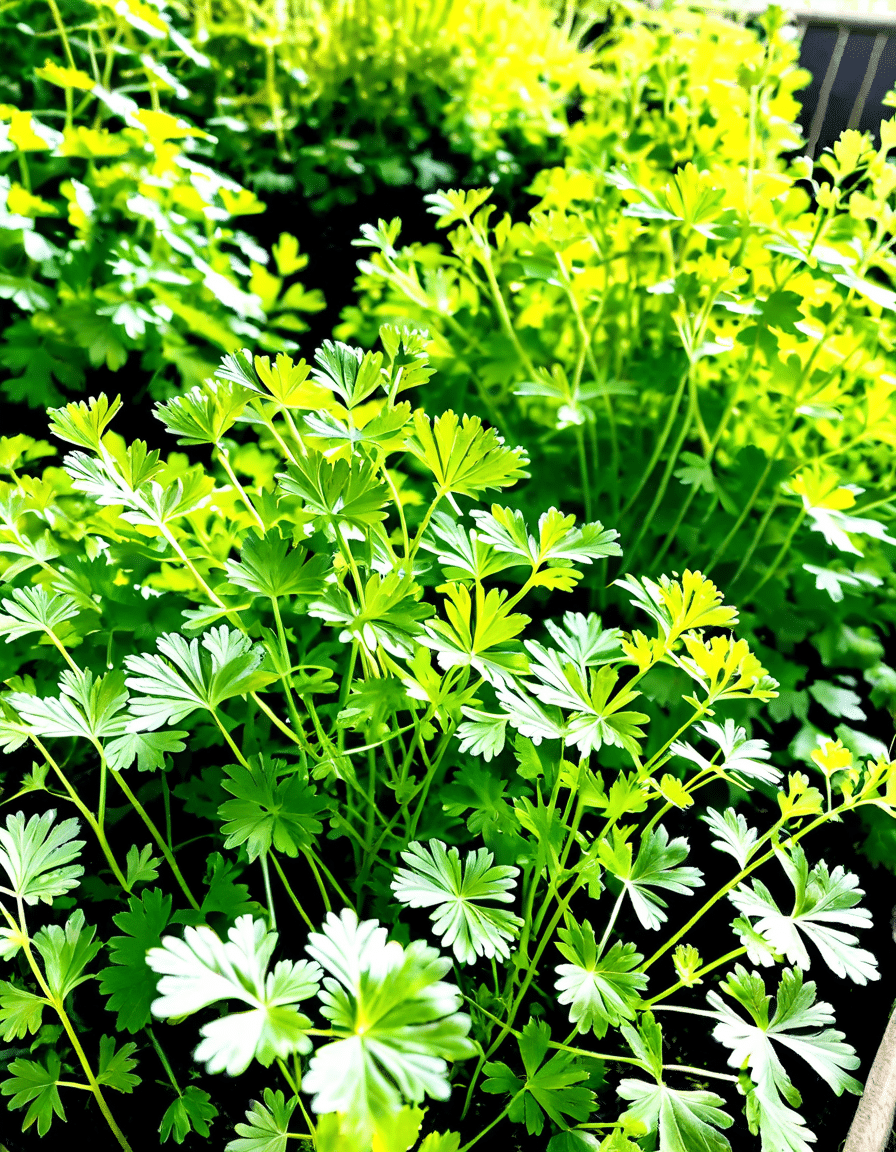
Elevating Culinary Experiences: What Is a Truffle’s Connection to Coriander?
Ever thought about the luxurious encounter of coriander and truffles? Let’s talk about what is a truffle. These gourmet fungi enhance dishes with their earthy richness and can beautifully complement coriander.
Picture a drizzle of truffle oil over coriander pesto. The depth of flavor will elevate your dish from ordinary to extraordinary! Brands like Truffle Hunter now offer various products that feature this exquisite combination. Imagine serving up truffle cream pasta garnished with fresh coriander leaves—it’ll be a dish to impress anyone at your next dinner party.
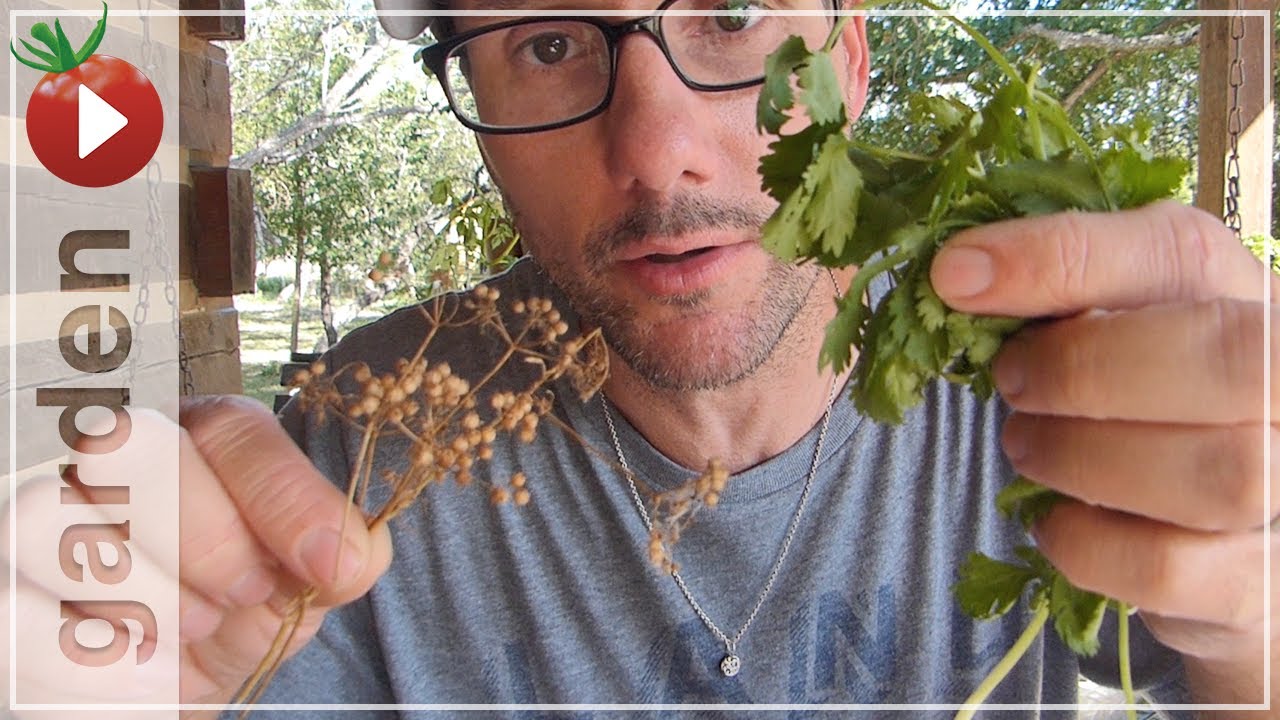
Wrapping It Up: Coriander From Seed to Sensation
Coriander proves to be more than just an ingredient; it’s a gateway to culinary experiences. Whether you’re talking about the vibrant fresh leaves or the aromatic seeds, coriander opens up avenues for flavor that can elevate your cooking game.
As you explore this herb, you’ll find that it effortlessly harmonizes with everything from half and half cream to the citrus kick of Squirt and the luxury of truffles. Next time you’re in the kitchen, don’t overlook coriander. It’s a flavor powerhouse ready to enhance your meals and support your fitness journey toward getting shredded and strong.
What Is Coriander: Spice of Life
Coriander, also known as cilantro, is a powerful herb that adds vibrant flavors to numerous dishes. Native to regions stretching from Southern Europe to Northern Africa and Western Asia, this culinary gem offers more than just taste. Did you know that its leaves and seeds are used differently in cooking? While the leafy part brings freshness and brightness to salsas, the seeds, which can be toasted or crushed, deliver a warm, citrusy aroma perfect for spice blends. This duality makes coriander stand out in kitchens around the globe, akin to how How many Calories in a chicken breast can impact your meal prep decisions.
The Culinary Versatility of Coriander
In the culinary world, the question of what is coriander leads to delightful explorations. This herb features prominently in dishes from Mexican to Asian cuisine, each offering a unique twist. For example, in Indian cooking, coriander seeds can be found in curry pastes and spice mixes. Interestingly, this spice has health benefits too—it’s rich in antioxidants and may aid digestion. It’s almost as if coriander has mastered the art of versatility, much like how love Is blind season 5 cast showcases a variety of personalities coming together in unexpected ways.
Fun Facts About Coriander
Here’s a fun nugget for you: coriander’s use dates back to ancient civilizations, where it was even found in the tombs of Egyptian pharaohs! Talk about a flavorful way to enter the afterlife. Moreover, some people are genetically predisposed to dislike its taste, often describing it as soap-like. This quirky trait is reminiscent of how different folks might react to What Is a scallop—either loving the delicate texture or being put off by it. It seems coriander is as polarizing as the choices in a Pauly Shore Filmography; you either dig it or you don’t! So, the next time you sprinkle it on your meal, remember it’s a spice laden with history, intrigue, and a bit of controversy.
